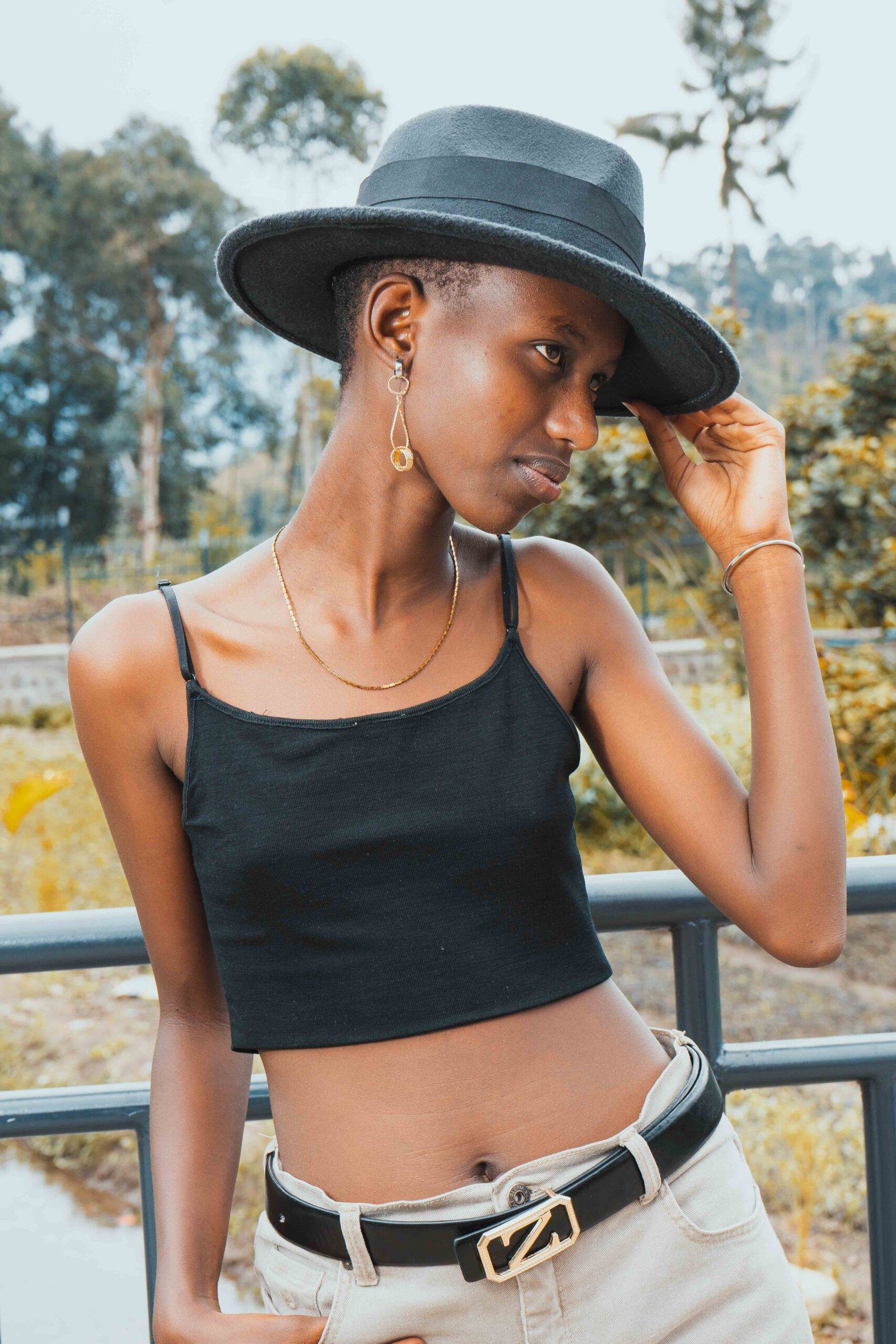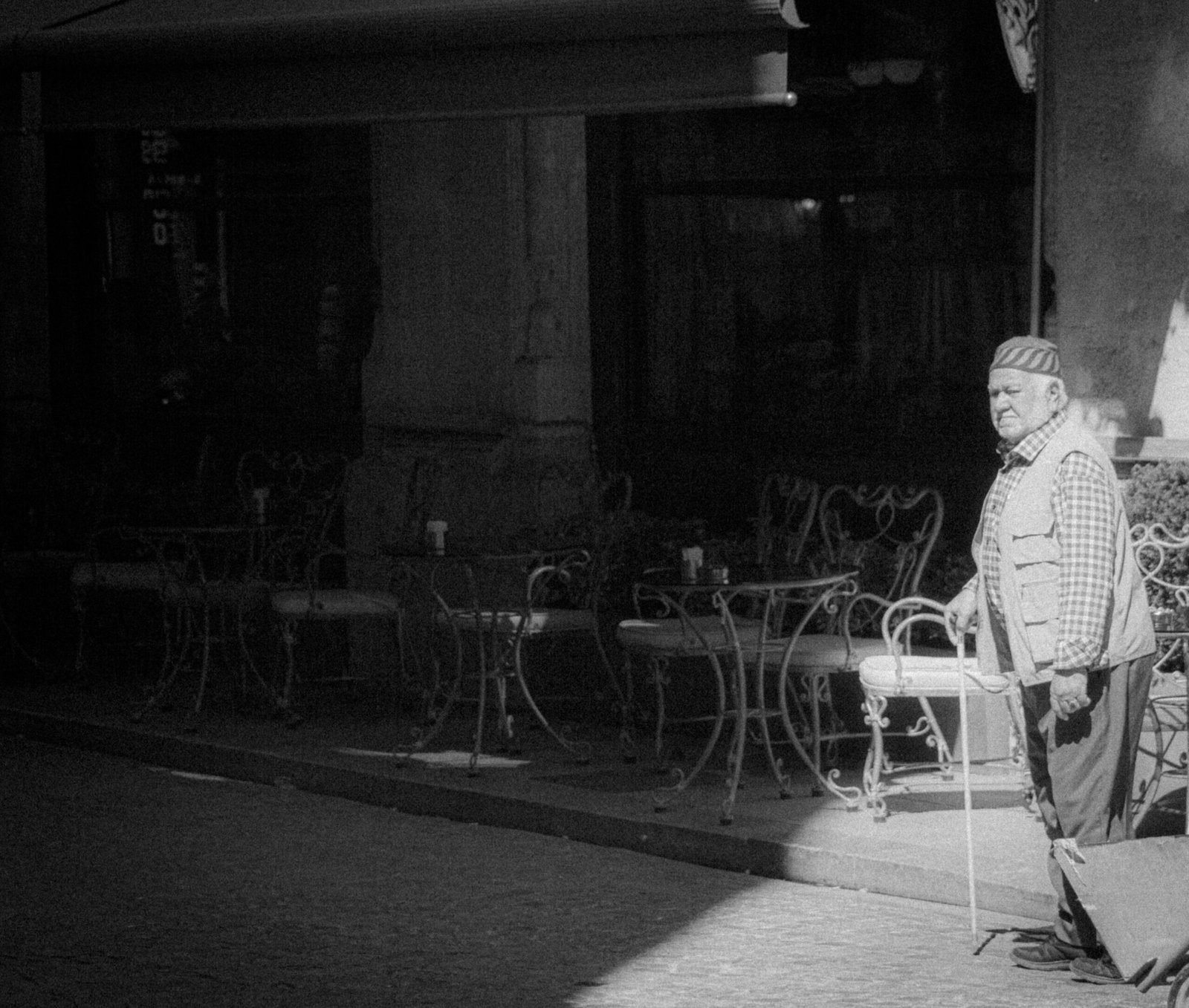Table of Contents
Imagine yourself cozying up during the winter months with a unique and adorable hat that is sure to turn heads. In this article, you will discover the wonderful world of crochet as we teach you how to create your very own capybara hat. Whether you are an experienced crocheter or just starting out, our step-by-step instructions will guide you through the process, ensuring a delightful and rewarding experience. Get ready to unleash your creativity and make a statement with this charming accessory that will keep you warm and stylish all season long!
Materials Needed
To crochet a Capybara hat, you will need the following materials:

1. Choosing the Right Yarn and Hook Size
1.1 Yarn Types
Choosing the right yarn for your Capybara hat is crucial for achieving the desired look and texture. Opt for a yarn that is soft and has good stitch definition. Acrylic yarn is a popular choice for its affordability, durability, and wide color variety. However, you can also experiment with other yarn types such as cotton or wool to create different effects.
1.2 Hook Sizes
The hook size you choose will determine the size and tension of your stitches. For the Capybara hat, it is recommended to use a size G (4mm) or H (5mm) crochet hook. These sizes are versatile and suitable for most yarn weights. However, if you prefer a tighter or looser stitch, feel free to adjust the hook size accordingly.
2. Understanding Crochet Terminology
2.1 Basic Stitches
Before you begin crocheting your Capybara hat, it is essential to become familiar with basic crochet stitches. The most commonly used stitches in this pattern are the chain stitch (ch), single crochet (sc), half double crochet (hdc), and double crochet (dc). Each stitch creates a different effect and will be used to shape various parts of the hat.
2.2 Special Stitches
In addition to the basic stitches, the Capybara hat pattern may also include some special stitches like the magic circle or specific stitch patterns for creating unique textures. These special stitches add character and detail to your finished hat. Make sure to read and understand the pattern instructions for any additional stitches required.

3. Creating the Base of the Hat
3.1 Making a Magic Circle
To start crocheting your Capybara hat, you will need to create a magic circle. This technique allows you to create a tightly closed center for your project. To make a magic circle, hold the yarn end with your non-dominant hand, leaving a short tail. Then, create a loop with the yarn, insert your hook through the loop, and pull up a loop of yarn. Continue to crochet over the loop and tail to secure it in place.
3.2 Working the First Round
Once you have the magic circle, you can begin working the first round of your Capybara hat. This round is usually worked in single crochet stitches, starting from the center of the circle and gradually increasing the number of stitches to form a flat circle. Follow the pattern instructions to determine the number of stitches needed and the placement for each stitch.
4. Shaping the Capybara’s Face
4.1 Creating the Snout
To give your Capybara hat a cute and recognizable face, you will need to create a snout. This can be achieved by crocheting a triangular shape using either single crochet or half double crochet stitches. The size of the snout will depend on the desired proportions of your capybara. Attach the snout to the base of the hat by sewing it securely in place.
4.2 Forming the Ears
Capybaras are known for their distinctive round ears, which can be easily replicated in crochet. To form the ears on your Capybara hat, you will need to crochet two circular shapes and attach them to the sides of the hat. Depending on the pattern, you may need to create additional shaping by increasing or decreasing stitches to achieve the desired roundness.

5. Adding Eyes and Facial Details
5.1 Attaching Safety Eyes
To bring your Capybara hat to life, attach safety eyes securely onto the face of the hat. Safety eyes are easy to use and come in various sizes and designs. Follow the pattern instructions to determine the appropriate size and placement for the eyes. Make sure to attach them tightly to prevent any potential hazards. If safety eyes are not available, you can use embroidery or buttons as an alternative.
5.2 Embroidering the Nose
The nose is a crucial detail that adds charm and character to your Capybara hat. Using embroidery thread or yarn of a different color, carefully embroider the nose onto the snout. You can either use simple stitches like satin stitch or experiment with other embroidery techniques to achieve the desired look. Take your time to ensure that the nose is centered and proportionate to the rest of the face.
6. Constructing the Body of the Hat
6.1 Increasing Stitches
After completing the face details, it’s time to crochet the body of the Capybara hat. Depending on the pattern, this may involve gradually increasing the number of stitches in each round to shape the hat’s dome-like structure. Increasing stitches evenly ensures a smooth and balanced appearance. Follow the pattern’s instructions carefully to achieve the desired shape and size.
6.2 Working in Rounds
Crocheting the hat’s body typically involves working in rounds, meaning you will continue to crochet without turning your work. This technique helps maintain a seamless and uniform texture throughout the hat. Make sure to mark the beginning of each round to keep track of your progress and stitch placement. Following the pattern instructions, continue crocheting in the specified stitch pattern and increasing as necessary.
7. Adding the Fun Capybara Details
7.1 Crocheting the Legs
Capybaras are known for their short legs, which can be easily replicated in crochet. Depending on the style and design of your Capybara hat pattern, you may need to crochet small cylindrical shapes for the legs. These shapes can be attached securely to the base of the hat to create a playful and dimensional look. Follow the pattern instructions for specific details on leg size, placement, and attachment.
7.2 Making a Tail
To add an extra touch of cuteness to your Capybara hat, consider crocheting a small tail. The tail can be made using the same yarn and stitch pattern as the body of the hat, or you can experiment with different textures and colors for a whimsical effect. Attach the tail securely to the back of the hat, ensuring it is centered and aligned with the Capybara’s body.
8. Finishing and Assembling the Hat
8.1 Fastening Off
Once you have completed all the necessary crochet sections of your Capybara hat, it’s time to finish off the project. To fasten off, cut the yarn, leaving a tail of a few inches. Thread the tail through the last loop on your hook and pull tight to secure the stitch. Use a crochet hook or a tapestry needle to weave in any loose ends or tails left from color changes or additional details.
8.2 Sewing the Pieces Together
The final step in completing your Capybara hat is to assemble the various crocheted pieces together. Using a tapestry needle and matching yarn or thread, sew the snout, ears, legs, and tail securely onto the base of the hat. Take your time to ensure that the pieces are centered and properly aligned. Double-check the attachment points to ensure stability and durability.
Congratulations! You have now learned how to crochet a Capybara hat. With your newfound knowledge of yarn selection, crochet terminology, and step-by-step instructions for each section, you can create adorable and cozy Capybara hats for yourself or as gifts. Have fun exploring different color combinations, stitch patterns, and even adding your own creative touches to make each hat unique. Happy crocheting!

